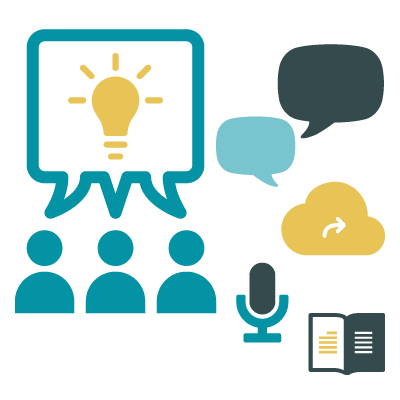 Accessibility is a term that describes how well an organization, business, room or place works for students regardless of ability to function. There are laws and rules on accessibility. In an inclusive environment all activities are offered based on the student’s abilities and needs. In teaching, it is required that the business or school has mapped the different environments and made adjustments in it.
Accessibility is a term that describes how well an organization, business, room or place works for students regardless of ability to function. There are laws and rules on accessibility. In an inclusive environment all activities are offered based on the student’s abilities and needs. In teaching, it is required that the business or school has mapped the different environments and made adjustments in it.
Mapping of the different environments can be made with the SPSM’s charting materials and accessibility model.
The accessibility model is an interaction model for accessible education based on research and experience. The model was developed by Special Needs Education Agency and revised in 2016, see below.
Accessibility and conditions for learning
The school must provide the stimulation and supervision needed for studies to be carried out democratically. The student has the right to participate in decisions that affect her/him. Different options for communication should be offered to encourage communication and language abilities. The school needs to have an intercultural perspective of their education.
Accessibility in the social environment:
Accessibility in the social environment is very important to be able to feel involved with others. Today, there are various ways to meet through a physical location or digital platforms. This provides more opportunities for the various needs of people with disabilities. The physical and educational environment affects the possibilities to participate in social interactions with others in the group.
Accessibility in the physical environment:
- Class or study rooms must be adapted so that it is easy to move around
- Public information and signs with text has to be presented along with image support
- Approved lighting
- Acoustics must be of good quality
- The premises are allergy-free
- Furnishing of the physical environment is important for learning and the ability to work with different group constellations
- Ability to access secluded corners for study and rest needed
- The premises need to be equipped with audio equalization
Accessibility in educational environment:
The teacher must have knowledge and understand the consequences of their disabilities affect learning. Each person should be involved in her/his own study plan.
- The program has access to different learning tools and resources necessary
- Clear educational strategies and support structure that tells When? Where? What? How? and with Who
- Approach learning based on students interests and experiences to increase motivation in the learning situation
- Access to digital tools facilitate learning since training is available seven days a week and 24 hours a day (24/7)
- Easy to read and structured website
- Picture and video support to tasks
- Smaller study group when needed
- Access to technical support
- Customized teaching materials
- Teaching materials recorded as audiofiles
- Note taking support
- Offer alternative ways to present student/homework
- Special software and apps
- Time support utilities
- Study support in the native language
